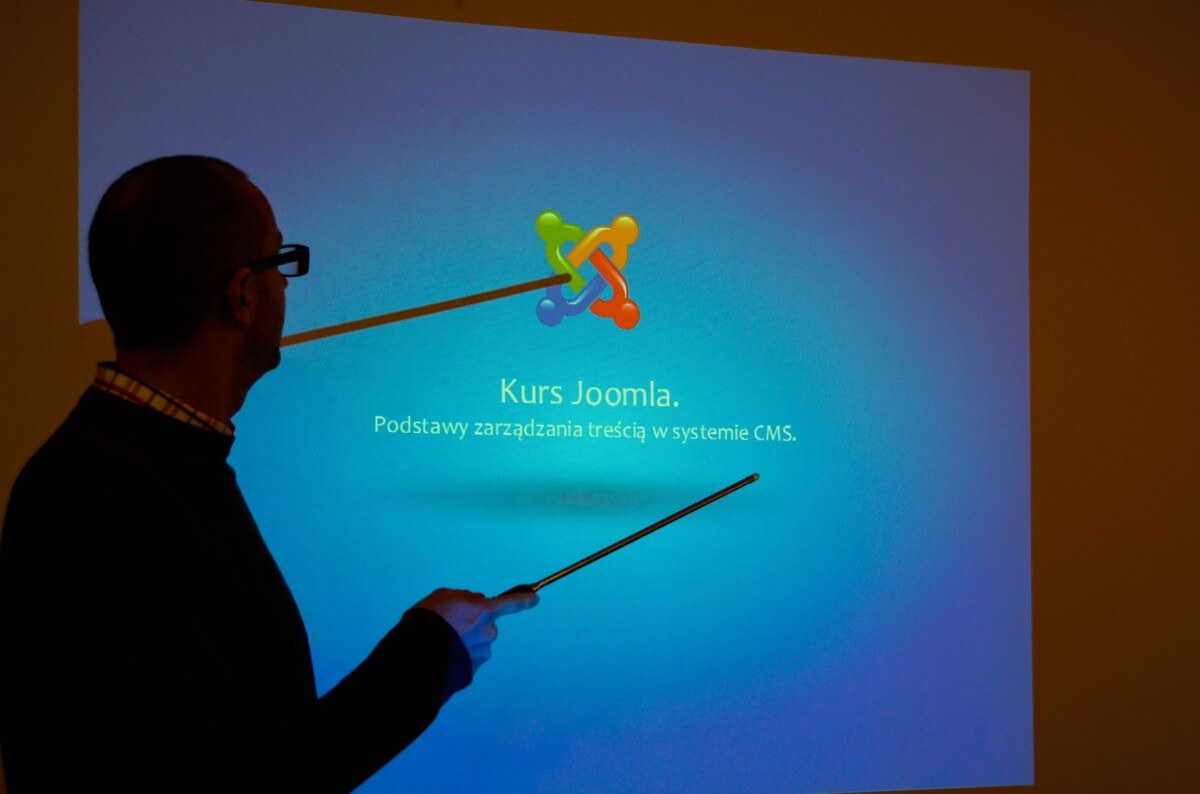Everything You Need to Know About Joomla Websites
If you are trying to do some research on Joomla monitoring tools, there's a good chance that you're considering this content management tool for your website. Apart from the fact that it is one of the most popular open-source content management system or CMS, the simplicity of this tool make it a viable application framework option for individuals, small and medium enterprises (SMEs), and even large businesses.
What makes Joomla even better is that, despite its simplicity and ease of use, is that its users can choose from thousands of verified extensions. This means that users can customize its features to best suit their preferences. So what is the story behind this hugely popular CMS? What sets it apart from other CMS, both open source and proprietary?
Joomla: Origins Story
Joomla version 1.0 was released in September 2005, forking out from Mambo version 4.5.2.3. Mambo itself, was a closed-source CMS developed by Miro, an Australian company in 2000. Its last version was released in 2008 as its developers left for other CMS tools spawned by Mambo, which included Joomla.
Since its launch in 2005, Joomla has released around 14 versions, with two more expected for the year 2020 including version 4.0. The last notable developmental builds of Joomla came in 2014, when builds began to follow a semantic versioning scheme, forgoing LTS and STS schemes.
What Sets Joomla Apart from Other CMS?
It isn't surprising that Joomla is always compared to WordPress considering that 35% of the websites all over the world use the latter. However, Joomla ranks second when it comes to open-source CMS usage. So what makes Joomla unique among CMS tools available today?
Sticking with Joomla vs. WordPress comparisons, Joomla has a far better security right out of the box compared to WordPress. Being the most popular CMS, hackers usually focus their efforts on constantly probing for vulnerabilities to exploit in WordPress-managed websites. Joomla, on the other hand, gives web designers and managers the options of forcing connections over a secure socket layer connection (SSL), as well as enable a two-factor authentication (2FA). Another security measure that comes with Joomla is the B-Crypt algorithm that scrambles and encrypts all the passwords in your database.
Other Advantages
Apart from being a secure content management tool, Joomla has other advantages. Just like WordPress, Joomla is also easy-to-use, customizable and as mentioned earlier, free to use under GPL. Joomla is also available in 75 languages, SEO and SEF friendly, has thousands of verified free-to-use extensions and may be used for simple to complex websites.
Joomla works well with web monitoring tools to help you better deal with performance issues and downtimes and have real-time monitoring of transactions. Compared to other CMS, Joomla also boasts of an easy to use Menu feature that enables administrators to add menus to a page with ease. Another important feature of Joomla is that it has a world-class user interface that is mobile device-friendly. Since Joomla is an open-source CMS, support is widely available from a wide community of users and active discussion boards.
Top Websites that Use Joomla
Even though Joomla ranks a far second to WordPress when it comes to popularity, this content management system tool still has its own share of following, which include web administrators of some of the most popular websites in the world.
Among the most notable websites that use Joomla include Harvard University, particularly its sub-website, the Harvard Graduate School of Arts and Sciences. TheHill.com, which is a popular website that features news and updates from Capitol Hill also runs on Joomla. Other popular websites that use this open-source CMS include the Guggenheim Museum website, IT Wire, Linux, Nintendo, Porsche, and the websites of popular athletes like Michael Phelps and Roger Federer.
Conclusion
The most common complaint about about Joomla is that it is not as beginner-friendly as WordPress. Be that as it may, it doesn't take much effort to get used to its user interface. When it comes to security, however, Joomla is hands-down, the best choice among open-source content management systems.
839GYLCCC1992




Leave a Reply